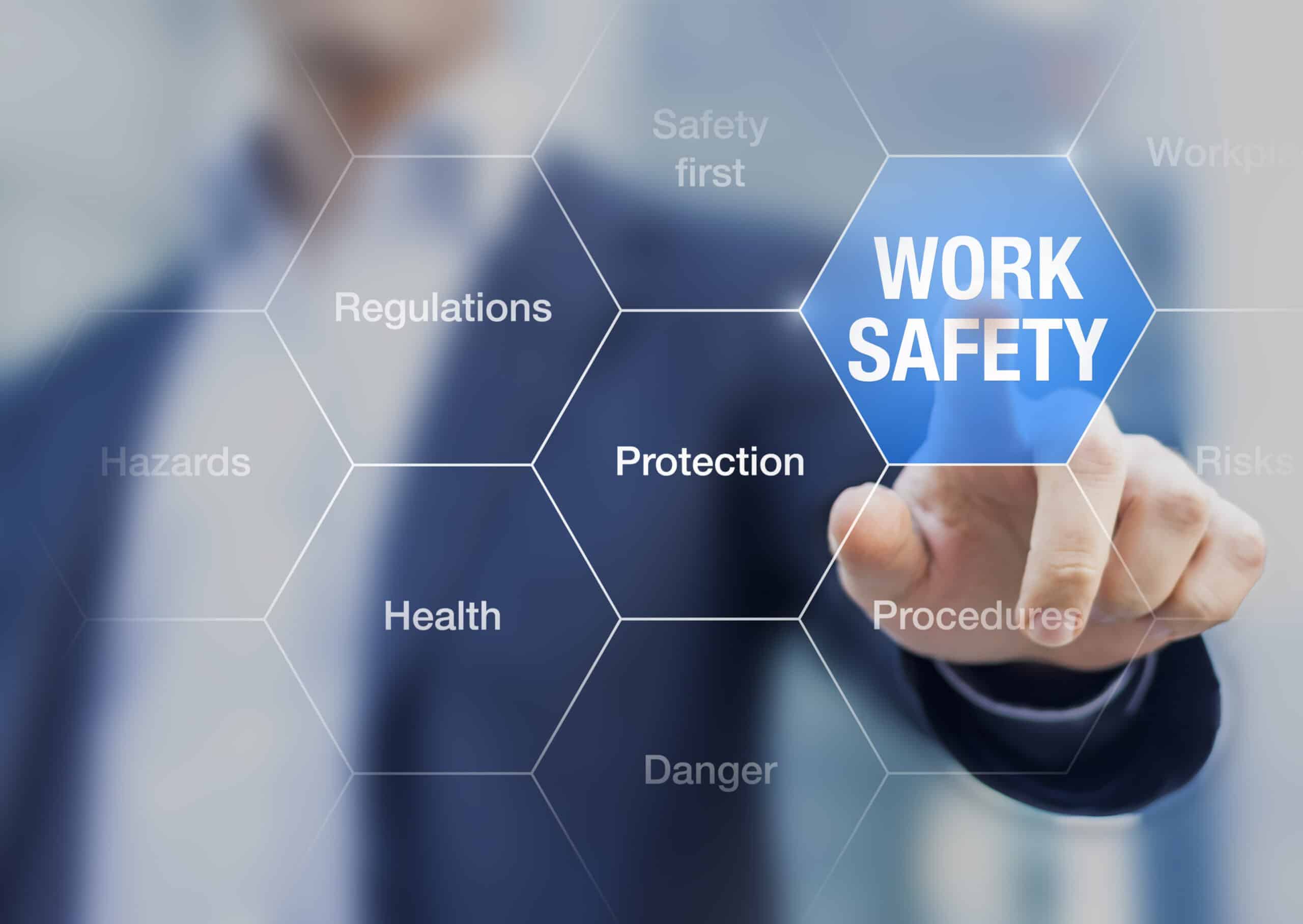 " alt="">
" alt="">

Maintaining safe operations is not a burden, but a business advantage.
Effective health and safety management is vital to ensure the wellbeing of employees and stakeholders. For example, if a failure to implement adequate EHS management occurs in a business, this could lead to accidents, injuries, and even fatalities in the workplace. In turn, businesses that fail to deliver their of duty of care can have a detrimental effect on workers’ and their families’ physical and mental wellbeing.
It is without a doubt that the human factors of poor health and safety management have been discussed at length in the health and safety industry. However, have you ever considered the impact that poor health and safety management can have on the bottom line?
According to the HSE, the estimated cost of injuries and ill health in 2019/20 was £18.8 billion.
This statistic may shock a lot of people, but it’s important to consider the numerous hidden costs of ineffective health and safety management. Medical expenses and wages paid to employees who are unable to work as a result of ineffective health and safety measures in businesses are direct costs. Injury-related productivity loss, lost work quality and quantity, and the cost of preventing future injuries are all examples of indirect costs.
In this article, our expert team examines the financial consequences of poor health and safety management and provides tips for improving your practice, outlining both direct and indirect costs of poor EHS management.
To consider the direct costs of ineffective health and safety management in business, it is important to examine measurable costs that can be accrued following an incident in the workplace. Here are a few to consider:
After direct costs, indirect costs are frequently overlooked because, in the short term, ignoring them can benefit an organisation by increasing profits. However, the organisation may suffer in the long run if indirect costs are ignored due to production costs that cannot be avoided. Because resources are allocated to a project with a lower ROI than one with a higher ROI, this results in opportunity costs.
Some indirect costs of poor EHS management include:
With both the direct and hidden costs of poor EHS management in mind, how can businesses mitigate such costs and protect their bottom-line? It goes without saying that investing in your health and safety strategy is a proactive and essential step in business.
Many of our clients come to Resolution Digital to ask how they can improve their health and safety procedures. Implementing effective training and procedures, conducting regular safety inspections, and ensuring that all equipment is well-maintained are all steps you can look at improving. Some key points include:
Investing in an online health and safety system will save you money and time by reducing costs caused by poor health and safety management, providing real-time visibility onto the status of your workforce, plus on-demand access so you can make better decisions as a business leader. There is also a multitude of benefits of utilising modern technology to enhance your EHS strategy, such as the ability to easily review and update content, ensure that all employees are equipped with the necessary health and safety knowledge, and curate an all-inclusive learning environment to ensure that everyone is up-to-date with everything they need to know in terms of health and safety.
Our expert team are always happy to discuss ideas and work in partnership with you to understand your health and safety needs and identify the best solution to help you reduce costs and most importantly, take effective steps towards ensuring that every worker gets home safe at the end of the day.
Explore options to curate a bespoke online health and safety platform today.